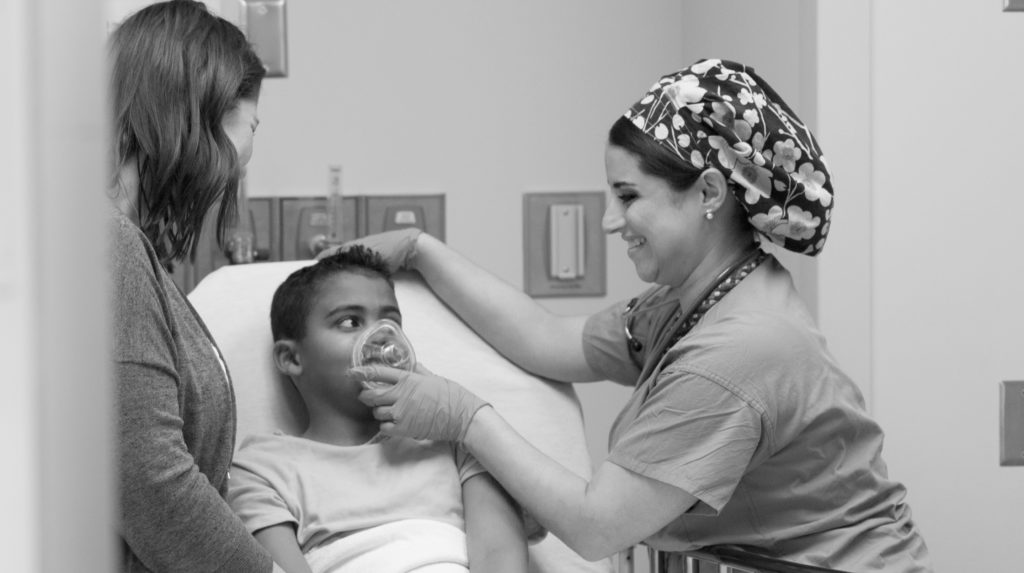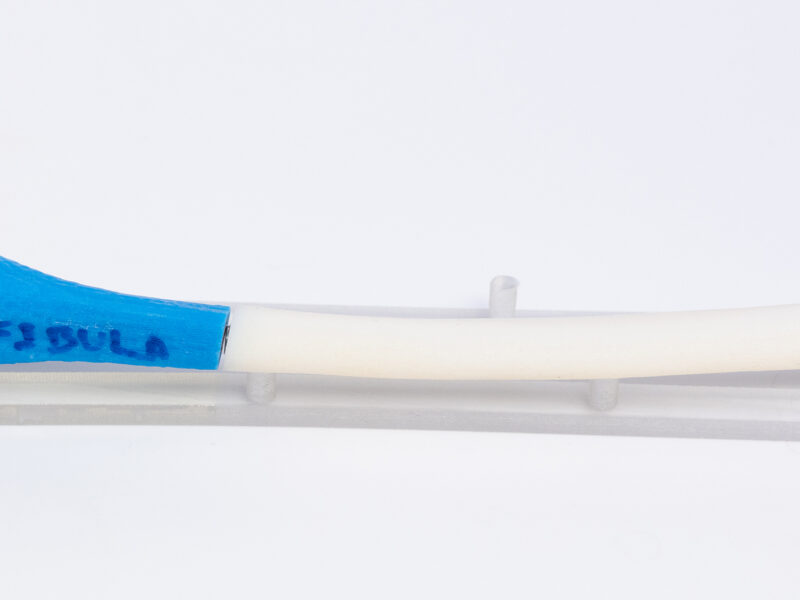The First Opioid-Prescribing Guidelines for Children Who Require Surgery
The First Opioid-Prescribing Guidelines for Children Who Require Surgery https://pediatricsnationwide.org/wp-content/uploads/2021/04/112017BS0079_Opioids-crop-1024x573.jpg 1024 573 Lauren Dembeck Lauren Dembeck https://pediatricsnationwide.org/wp-content/uploads/2021/03/Dembeck_headshot.gif
Providers should recognize the risks of opioids, maximize nonopioid regimens, and educate families appropriately.
The first opioid-prescribing guidelines to address the unique needs of children who require surgery have been published by an expert panel in JAMA Surgery. The new guidelines aim to help health care professionals caring for children and adolescents in the perioperative period optimize pain management and engage patients and families in opioid stewardship efforts.
“This was a team effort and part of an initiative to decrease the exposure of kids to opioids and also to decrease the number of opioids available for abuse in the community,” says co-author Karen Diefenbach, MD, director for Minimally Invasive Surgery at Nationwide Children’s Hospital. “This led us to ask—should we even be prescribing opioids for certain procedures?”
The multidisciplinary team of health care experts and leaders in opioid stewardship reviewed literature on opioid use and risks unique to pediatric populations published between 1988 and 2019. After screening 14,574 articles, they identified 217 unique articles to include in a qualitative synthesis. Based on the results, the team developed 20 evidence-based opioid prescribing guidelines for children who require surgery.
“We acknowledge that one-size-fits-all approaches do not work and took this on as an opportunity to make sure kids have their surgical pain optimally managed by using multimodal analgesia,” says Sharon Wrona, DNP, CPNP-PC, pediatric nurse practitioner in the Department of Anesthesiology & Pain Medicine and leader of the Opioid Task Force at Nationwide Children’s.
After the guidelines were drafted, they were externally reviewed, edited and, ultimately, endorsed by pediatric surgical specialists, the American Pediatric Surgery Association Board of Governors, the American Academy of Pediatrics Section on Surgery Executive Committee, and the American College of Surgeons Board of Regents.
“The evidence shows that following some surgical procedures opioids are normally not required,” says Dr. Diefenbach. “But we have to customize regimens for individual patients because certain patients fall outside of the curve; for example, some are more sensitive to pain or have underlying inability to tolerate anti-inflammatory medications.”
The guideline statements focus on three primary areas. First, “health care professionals caring for children who require surgery must recognize the risks of opioid misuse associated with prescription opioids.” Second, “nonopioid analgesic use should be optimized in the perioperative period.” Third, “patient and family education regarding perioperative pain management and safe opioid use practices must occur both before and after surgery.”
“It is critical for the prescriber to have these important conversations about pain management and risks associated with opioids to help families set their expectations and watch for risky behavior,” says Dr. Wrona. “Prescribers need to be mindful and respect those risks by being diligent when prescribing opioids but not afraid to prescribe them when it is appropriate.”
Download Guidelines on Opioid Prescribing
This article is found in the Spring/Summer 2021 print issue. Download the full issue.
Reference:
Kelley-Quon LI, Kirkpatrick MG, Ricca RL, et al. Guidelines for opioid prescribing in children and adolescents after surgery: an expert panel opinion. JAMA Surgery. 2021;156(1):76-90. doi:10.1001/jamasurg.2020.5045
Image credit: Nationwide Children’s
About the author
Lauren Dembeck, PhD, is a freelance science and medical writer based in New York City. She completed her BS in biology and BA in foreign languages at West Virginia University. Dr. Dembeck studied the genetic basis of natural variation in complex traits for her doctorate in genetics at North Carolina State University. She then conducted postdoctoral research on the formation and regulation of neuronal circuits at the Okinawa Institute of Science and Technology in Japan.
- Lauren Dembeckhttps://pediatricsnationwide.org/author/lauren-dembeck/
- Lauren Dembeckhttps://pediatricsnationwide.org/author/lauren-dembeck/
- Lauren Dembeckhttps://pediatricsnationwide.org/author/lauren-dembeck/
- Lauren Dembeckhttps://pediatricsnationwide.org/author/lauren-dembeck/January 29, 2019
- Posted In:
- Clinical Updates
- In Brief







